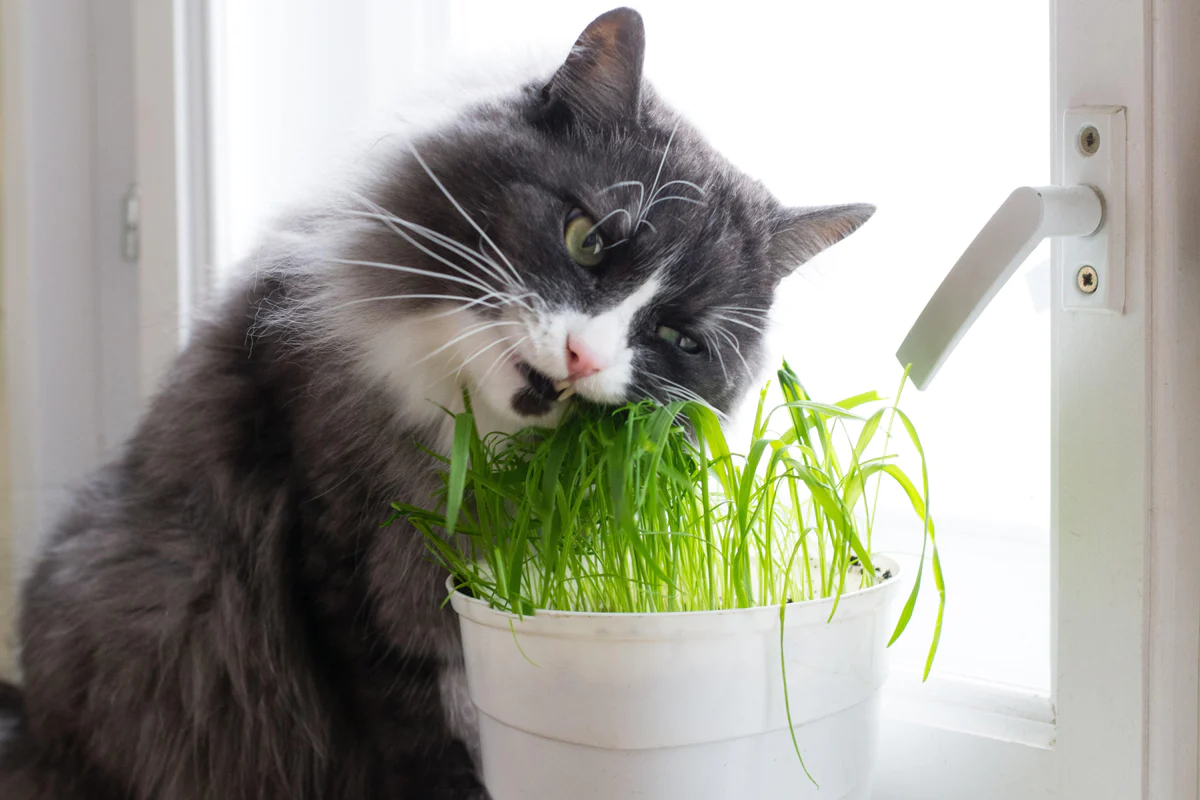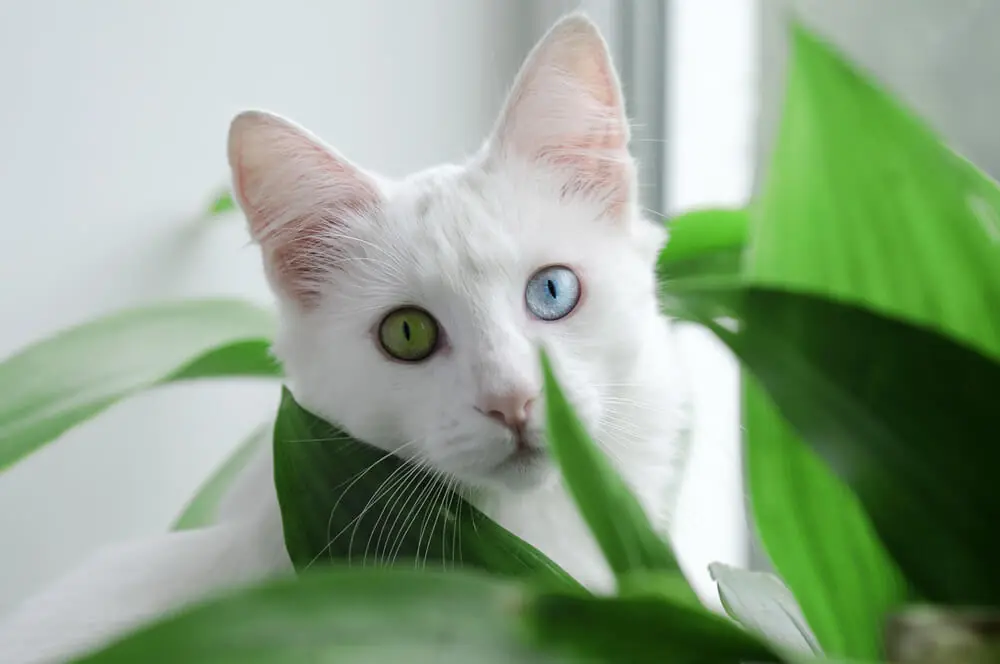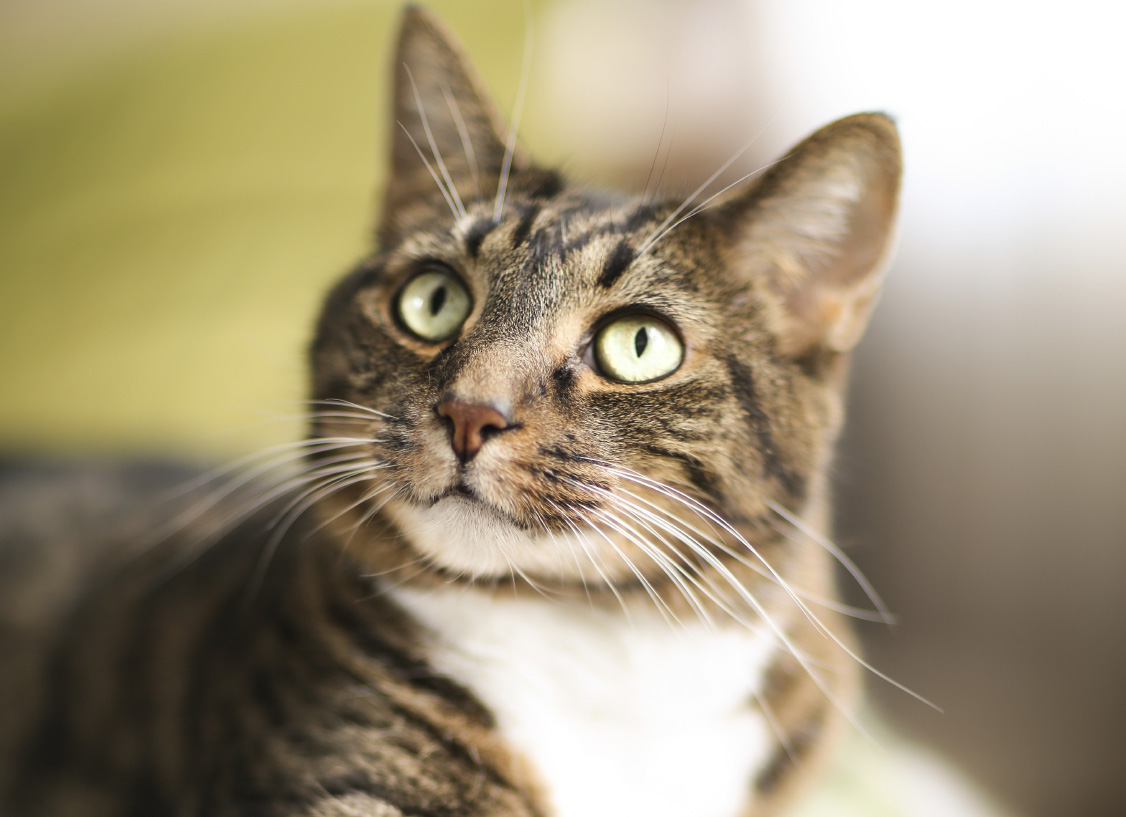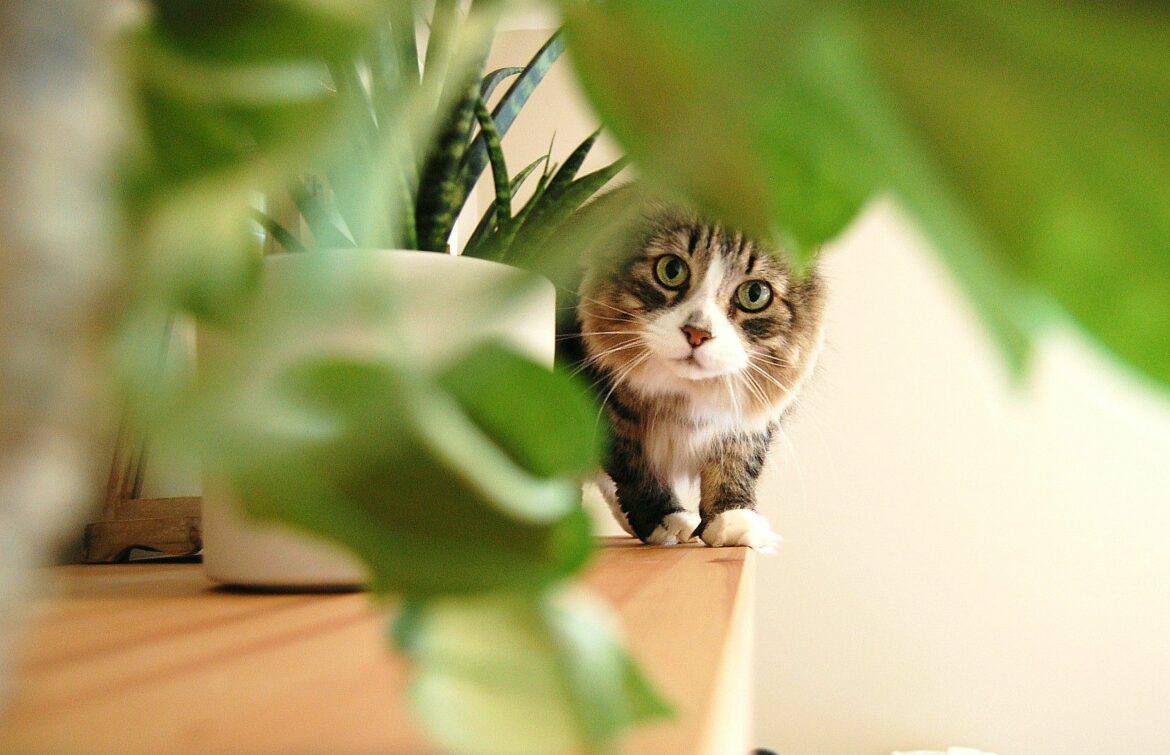Risks to Feline Health
Toxic Principles and Effects

The term Toxic Principles refers to the poisonous compounds found in certain plants, animals, or substances that can cause harm to humans, animals, or the environment. These principles can be either natural or synthetic, and their effects can range from mild to severe depending on the exposure level and individual sensitivity.
In the context of Easter Lilies, which are popular decorative flowers during the Easter holiday, there exist several Toxic Principles that can pose a significant risk to feline health. Easter lily plants contain a group of compounds known as insoluble calcium oxalate crystals, which are responsible for their toxicity.
The primary Toxic Principle found in Easter lilies is Lilium longiflorum, also known as the Easter lily or Easter orchid. This plant contains a high concentration of toxic compounds that can be extremely hazardous to cats if ingested, even in small amounts.
Cat owners should be aware that if their pet ingests any part of an Easter lily plant, they may experience symptoms such as vomiting, diarrhea, excessive drooling, lethargy, and lack of appetite. In severe cases, the cat’s kidneys can become damaged due to the toxic effects of the plant’s compounds.
The severity of these symptoms depends on various factors, including the amount and type of lily parts consumed, the cat’s age, size, and health status. Cats that ingest more than just a small amount of Easter lily plant material are at higher risk for developing kidney damage or failure, which can be fatal if left untreated.
Given these risks, it is crucial for cat owners to take precautions when bringing an Easter lily into their home. If you suspect your cat has ingested any part of the plant, seek immediate veterinary attention. Early diagnosis and treatment are essential in preventing long-term damage or death.
To minimize potential harm, pet owners can choose alternative flowers or plants that are non-toxic to cats, such as carnations, roses, or baby’s breath. If you do decide to have an Easter lily plant in your home, keep it out of reach from your cat and avoid bringing it near areas where your cat tends to spend most of its time.
Overall, while Easter lilies are a popular decorative flower during the spring season, their toxicity poses a significant risk to feline health. By taking necessary precautions and being aware of the risks associated with these plants, you can help protect your pet’s well-being and ensure a safe holiday environment for both humans and animals.
The Easter lily is known for containing insoluble sugar and calcium oxalate crystals, which cause severe kidney damage in cats.
Cats may exhibit symptoms such as vomiting, lethargy, loss of appetite, or difficulty urinating.

Cats are notorious for their independent nature and seemingly carefree attitude towards their surroundings, but even the most casual observer may be unaware of the hidden dangers lurking within a typical home.
One such danger is the humble Easter Lily, a popular decorative plant often brought into homes during the spring season. While its delicate white blooms and elegant green foliage may bring a touch of elegance to any room, they also harbor a deadly secret: Easter Lilies are highly toxic to cats.
The pollen, leaves, flowers, and even the water in which the plant is kept can cause severe kidney damage or even death if ingested by your feline companion. The symptoms may begin with mild gastrointestinal issues, such as vomiting, but can quickly escalate into more serious health concerns like lethargy, loss of appetite, or difficulty urinating.
Cats are notorious for their curiosity and love to explore their surroundings through taste and smell. If an Easter Lily is placed in a spot where your cat frequently visits, the risk of ingestion increases exponentially. A single bite can be fatal, making it essential to exercise extreme caution when bringing these plants into your home.
Unfortunately, many pet owners are unaware of the risks associated with Easter Lilies and inadvertently place their beloved pets in harm’s way. The danger is so real that veterinarians often recommend removing any plant species from the cat’s environment or keeping them completely out of reach of curious felines.
Given the potential severity of these symptoms, it is crucial to be vigilant when introducing new plants into your home and educating yourself on which species are toxic to cats. Easter Lilies may be a beautiful addition to any room, but their toxicity demands attention from pet owners and plant enthusiasts alike.
Types of Lilies
Easter Lily (Lilium longiflorum)
The Easter lily (Lilium longiflorum) is a popular and elegant flower often used to decorate homes and churches during the Easter season. Native to Japan, this plant has been cultivated for centuries and has become a staple in many gardens around the world.
Easter lilies are known for their showy white flowers, which bloom from late winter to early spring. These flowers have three outer petals (sepals) and three inner petals (tepal), giving them a star-like appearance. The plant’s slender stems can grow up to 3 feet tall, making it a striking addition to any space.
The Easter lily is often associated with new life and renewal, which makes it a fitting symbol for the Easter season. In many cultures, lilies are seen as a representation of purity, innocence, and refined beauty.
Despite its beauty and symbolism, the Easter lily poses a significant threat to cats. The plant’s pollen and flowers contain insoluble calcium oxalate crystals, which can cause severe kidney damage if ingested by cats. Even small amounts of the plant can be toxic, making it essential for cat owners to keep these plants out of reach.
Cat owners who have Easter lilies in their homes should take precautions to prevent their pets from accessing the flowers or pollen. This includes keeping the plants on high shelves, using plant covers, and keeping an eye on pets when they are in the same room as the plants.
It’s worth noting that not all lily species are toxic to cats. However, the Easter lily is one of the most common and potentially hazardous varieties for felines.
If you suspect your cat has ingested any part of an Easter lily plant, it’s essential to seek veterinary attention immediately. Early treatment can help minimize the damage caused by the plant’s toxins and prevent long-term kidney disease or failure in cats.
The Easter lily is a popular choice for home decoration and is highly toxic to cats.
The Easter lily, known scientifically as Lilium longiflorum, is a popular choice for home decoration during the spring season. Its elegant white blooms are often associated with Easter celebrations in many cultures around the world.
However, what many people may not know is that the Easter lily is highly toxic to cats, and even small amounts of its plant parts can cause severe kidney damage or failure. The plant contains a toxin called lysocarpin, which is responsible for this adverse reaction.
The symptoms of lily toxicity in cats may not be immediately apparent, but they can include vomiting, lethargy, loss of appetite, and increased urination. In more severe cases, the cat’s kidneys may fail, leading to a range of complications, including kidney stones, blood in the urine, and even death.
If you suspect that your cat has ingested any part of an Easter lily, it is essential to seek veterinary attention as soon as possible. The sooner treatment begins, the better the chances of a successful outcome for the cat.
Veterinarians may use various tests, such as blood work and urinalysis, to determine the extent of kidney damage or failure in affected cats. In some cases, hospitalization and supportive care, including intravenous fluids, medications to manage pain and inflammation, and even dialysis, may be required.
Preventing Easter lily exposure is key to protecting your feline friends. If you’re planning to decorate with these plants, consider placing them out of reach of curious cats or finding alternative decorations that are safer for pets. Keep in mind that even the pollen or fragrance from the flowers can be hazardous.
If you’re unsure about any aspect of Easter lily toxicity or have concerns about your cat’s safety, consult with a veterinarian for personalized advice and guidance.
Even small amounts can cause serious health issues.
Easter lilies are one of the most common household plants that pose a significant threat to cat owners. While they may look beautiful and add a touch of elegance to any room, their toxicity can be deadly for felines.
The Easter lily plant contains a toxin called insoluble calcium oxalate crystals, which can cause severe kidney damage in cats if ingested even in small amounts.
According to the American Society for the Prevention of Cruelty to Animals (ASPCA), eating just one or two petals from an Easter lily plant can be fatal to a cat. The toxin is highly concentrated in the plant’s flowers, leaves, and pollen, making them particularly hazardous to cats who may accidentally ingest any part of the plant.
Cats are often drawn to the fragrance and appearance of Easter lilies, which can lead to unintentional ingestion if they rub against or lick the plants. Even a small amount of the toxin can cause vomiting, lethargy, and increased thirst and urination in cats, indicating kidney damage is occurring.
If you suspect your cat has ingested any part of an Easter lily plant, it’s essential to seek immediate veterinary attention. Your veterinarian may recommend inducing vomiting or providing activated charcoal to help absorb the toxin and prevent further absorption into the bloodstream.
Prevention is key when it comes to protecting your feline friends from Easter lily toxicity. Keep all Easter lilies out of reach of your cats, even if you’re confident they won’t be curious about them. If you’re unsure whether a plant is safe for your cat or have any concerns, consult with your veterinarian or a certified animal care professional.
Some other plants commonly found in the home that are also toxic to cats include snake plants (Sansevieria Trifasciata), peace lilies (Spathiphyllum wallisii), and philodendrons. If you’re unsure which plants are safe for your cat, research or consult with a pet care expert before bringing them into your home.
Prevention is Key
Removing Lilies from Your Home

Lilies are popular flowers often given as gifts during the spring season, particularly around Easter. However, it’s crucial to be aware of their toxicity, especially when it comes to household pets.
Easter lilies, specifically the plants belonging to the Lilium spp., contain insoluble glycosides and other compounds that can cause severe kidney damage in cats if ingested even in small amounts.
As a result, it’s not enough to simply place the lily plants out of reach; their toxic components can still be transferred onto skin or surfaces through touch, causing harm if your cat comes into contact with these contaminated areas.
The symptoms of lily toxicity in cats may include increased thirst and urination, vomiting, lethargy, lack of appetite, and even kidney failure. If you suspect that your pet has ingested any part of a lily plant, it’s essential to seek veterinary care immediately.
To ensure the safety of your feline companion, consider implementing the following precautions when dealing with lilies in your home:
1. Keep all parts of the lily plant out of reach and preferably away from areas where your cat spends most of its time.
2. Wear gloves or wash hands thoroughly after handling lilies to prevent transferring toxic compounds onto surfaces or pet bedding.
3. Avoid bringing lilies into homes with cats, unless absolutely necessary and only for short periods under close supervision.
4. Consider replacing lily plants with safer alternatives that don’t pose a risk to your pet’s health, such as orchids or other non-toxic flowers.
Remember, it’s always better to err on the side of caution when it comes to the well-being of your feline friend.
If you have pets, consider removing all lily plants from your home to avoid accidental poisoning.
If you have pets, it’s essential to be aware of the potential dangers that lurk in even the most innocent-looking plants.
Easter lilies (Lilium longiflorum) are one of the most toxic plants for cats, and accidental poisoning can occur when your cat comes into contact with the plant or ingests its flowers or pollen.
The toxic compounds found in Easter lily plants are called insoluble calcium oxalate crystals, which can cause severe kidney damage to cats if ingested even in small amounts.
Cats may not show immediate symptoms after eating an Easter lily, but within 24 hours, they may start exhibiting signs of illness, such as:
- vomiting or diarrhea
- lack of appetite
- lethargy
- excessive thirst and urination
If left untreated, the damage to your cat’s kidneys can lead to renal failure and even death.
To avoid this tragedy, it’s recommended that you remove all Easter lily plants from your home if you have cats. Even if they seem healthy, these plants remain toxic for months after blooming and long after the flowers have died.
- Make sure to keep an eye on your cat when it’s around any plants or potpourri in your home.
- Keep all lily plants out of reach, preferably in a separate room or area where your cat cannot access them.
- If you suspect that your cat has ingested even a small part of an Easter lily plant, contact your veterinarian immediately for advice and treatment.
Don’t wait until it’s too late; take the necessary precautions to protect your furry friends from the dangers of accidental poisoning. By removing all lily plants from your home, you’ll be ensuring a safer environment for both your pets and your family.
Keep an eye on any decorative items that may contain flowers or plant materials.
Cats are notorious for their curiosity, and when it comes to decorations, they often see them as a new toy or a potential hunting ground.
Decorative items that contain flowers or plant materials can be particularly appealing to cats, especially if they’re made of a fragrant or colorful material.
Easter lilies are one example of plants that are toxic to cats, and it’s essential to keep them out of reach at all times.
These beautiful flowers may add a lovely touch to your home during the Easter season, but they can cause significant harm if ingested by your feline friend.
The toxic compounds in Easter lilies can cause kidney failure in cats, and even small amounts can be fatal.
If you suspect that your cat has ingested any part of an Easter lily, it’s crucial to act quickly and seek veterinary attention immediately.
The sooner your cat receives medical treatment, the better the chances of a full recovery.
To avoid this scenario altogether, it’s best to keep all decorative items with flowers or plant materials out of reach of your curious cat, including Easter lilies.
- Best LeadsGorilla Alternatives for 2025 - April 19, 2025
- Best Coldlytics Alternatives for 2025 - April 19, 2025
- Best Brevo Alternatives for 2025 - April 18, 2025



